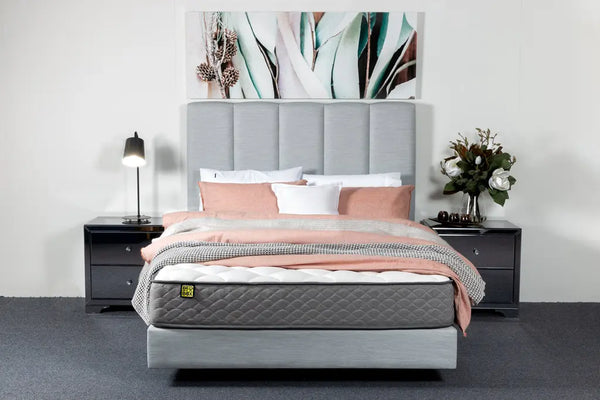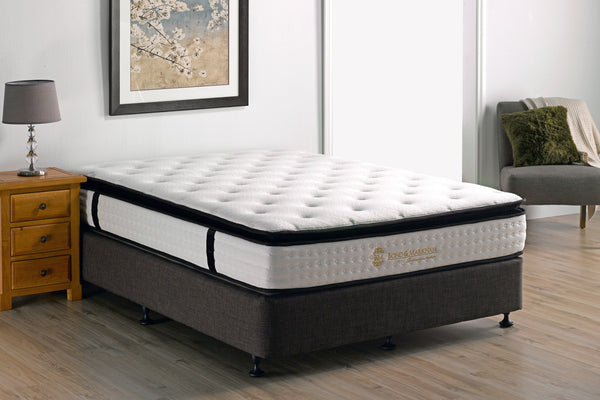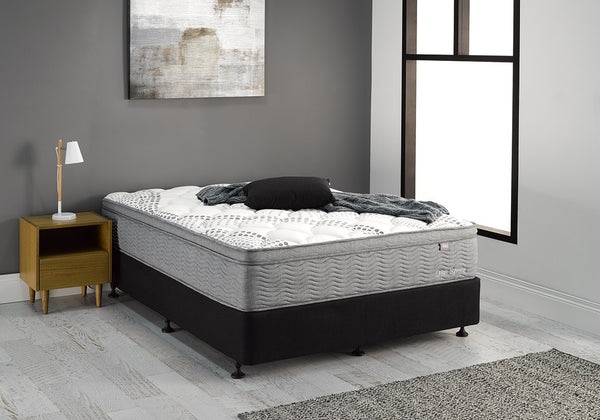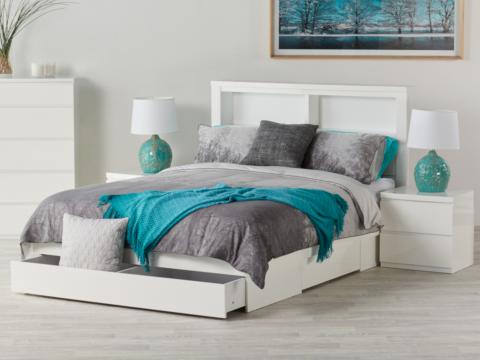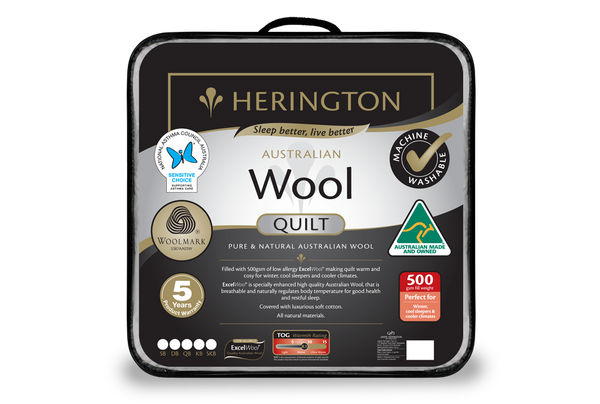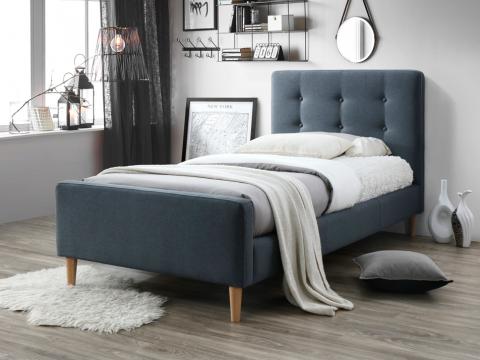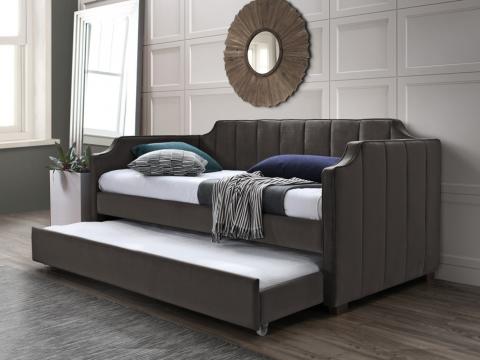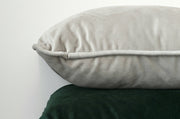Choosing the right pillow might seem like a small decision, but it can have a big impact on how well you sleep and how you feel in the morning. Your pillow supports your neck, shoulders, and head throughout the night, and when it doesn’t suit your sleep position or needs, it can cause everything from poor posture to headaches, stiffness, or even long-term discomfort.
At Bevmarks, we understand that finding a sleeping solution isn’t one-size-fits-all. That’s why it’s important to find a pillow that complements your sleeping position, lifestyle, and mattress. In this guide, we’ll explore why your sleep style matters, how to choose a pillow that suits it, and what factors to consider before making a purchase. Whether you’re shopping for your family, upgrading your own bedroom, or simply looking for better rest, this is where you can start.
Why Choosing the Right Pillow Makes All the Difference
The right pillow does more than just feel comfortable; it plays a crucial role in maintaining healthy alignment while you sleep. Your head, neck, and spine need to stay in a neutral position through the night, and a pillow that’s too high or flat can force your body out of alignment. Over time, misalignment can lead to restless sleep, neck and shoulder pain, headaches, or even long-term posture issues.
A good pillow helps reduce strain by properly supporting your head and neck in your preferred sleep position. This reduces the chance of tossing and turning, helps muscles relax,
Choosing the Best Pillow for Your Sleeping Position
The way you sleep greatly affects the type of pillow you need. Each position places your head and neck at different angles, and using the wrong pillow can place unnecessary strain on your spine and muscles.
Side Sleepers
Side sleeping is one of the most common positions, but it creates a large gap between your shoulder and the mattress surface. This means your head and neck will need additional height and support to stay aligned. A firm or low firm pillow with a higher profile is usually best, as it keeps the neck in line with the spine and helps relieve pressure on the shoulders. A contoured design can also provide better structure and reduce the risk of waking up with a stiff neck. Materials like memory foam are a great choice for side sleepers, as they offer consistent support while moulding to your shape.
Back Sleepers
Back sleepers require a more balanced level of support. The pillow should be thick enough to support the natural curve of the neck but not so high that it pushes the head forward. A medium-loft pillow, particularly one with ergonomic or contoured shaping, is ideal for this position. It helps maintain the neutral alignment of the spine and reduces pressure on the shoulders. Using pillows that are made with latex or responsive foam works well, as they provide gentle contouring while also reducing tension through the upper spine.
Front Sleepers
Sleeping on your stomach places the most strain on the neck and lower back, as it forces the head to one side for an extended period of time. If this is your preferred position, it’s important to minimise the lift under your head to avoid twisting the neck too far. A soft, low-profile pillow or even using no pillow at all is often recommended. Using a pillow that’s too thick can lead to ongoing discomfort and spinal misalignment. For some front sleepers, placing a thin pillow under the chest or hips can help reduce pressure on the lower back. Pillows with breathable materials are also worth considering, as front sleepers are more likely to feel warm during the night.
Pairing Pillows with Your Mattress
A pillow works in tandem with your mattress to support your body during sleep. If your mattress is very plush and allows your body to sink deeper into it, a lower-profile pillow may be more appropriate, especially for side or back sleepers. On the other hand, if your mattress is firmer and you remain more elevated, you may need a slightly higher pillow to bridge the space between your head and the mattress. Matching your pillow height to your mattress firmness ensures proper alignment and helps avoid unnecessary pressure.
For example, someone with a softer mattress may find a high-loft pillow causes their head to tilt unnaturally upward, while a sleeper on a firmer mattress may find a low pillow doesn’t offer enough lift. This is why it’s a good idea to consider your existing sleep setup when choosing a new pillow. If you’re in the process of updating both your mattress and pillow, you can browse through our complete list of pillows and mattress collection to find options that work well together.
Choosing your Pillow with Bevmarks
Finding the right pillow doesn’t just come down to finding the right softness or style that meets your preference. Look for one that provides adequate support and comfort, and ideally, specific ones that’ll match your sleeping habits.
If you’re a side sleeper in need of a pillow that can support your neck and contour to your body, or a front sleeper looking for pressure relief, Bevmarks has a solution that can help you wake up feeling rested and pain-free.
At Bevmarks, we’ve been helping Australians to find their sleeping solutions since 1989. We know how important sleep is for your health, which is why we offer both personalised advice and a wide range of pillows and mattresses to suit every sleeping style. With a wide selection available to choose from, you can explore our curated selection online or visit the nearest store.
Whether you’re looking to replace your old pillow or shop for your family, our team is here to help change the way you sleep for the better.

